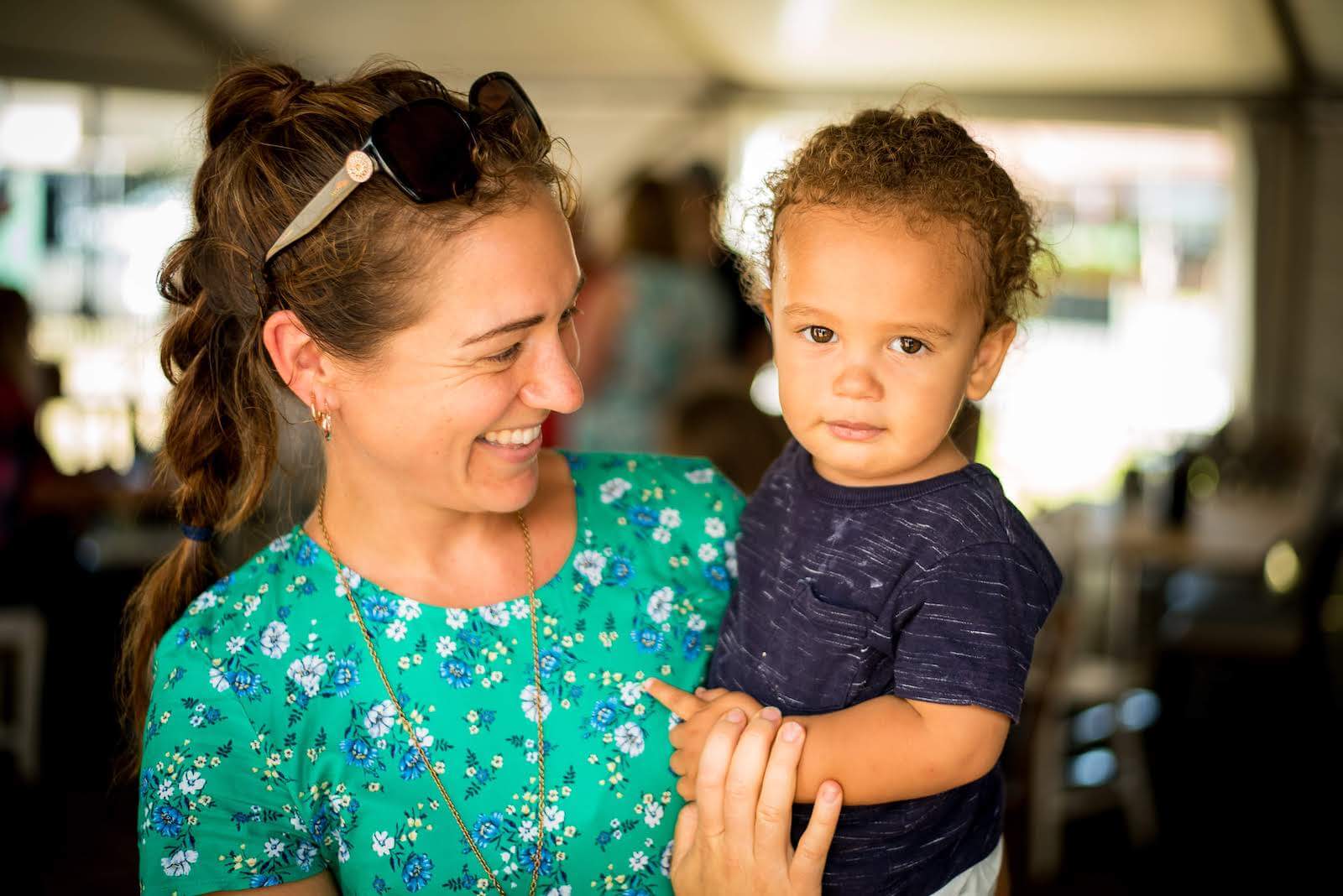Why Churches Must Prioritise the Child Safe Standards
In today’s society, creating environments where children are protected from harm isn’t merely desirable—it’s fundamental. For faith communities, this responsibility extends beyond legal compliance into the heart of their spiritual mission and values.
The Child Safe Standards, established by the Australian Human Rights Commission, provide churches with a comprehensive framework for safeguarding children. But what makes these standards particularly crucial for church communities?
This guide explores the compelling reasons why every church should embrace these standards, and how becoming a ChildSafe Organisation with support from Safe Ministry Check can transform your safeguarding approach.
1. Churches Are Significant Touchpoints in Children's Lives

From vibrant Sunday school programmes and dynamic youth groups to holiday camps and mentoring relationships—churches regularly create spaces where children gather, learn and grow. This regular, often close contact means:
- Children develop trusted relationships with adult leaders
- Activities frequently occur in various environments (on-site, off-site, online)
- Different volunteers may interact with children across multiple settings
- Interactions often happen weekly over many years
This depth of involvement brings wonderful opportunities for positive influence—but also creates genuine risks that must be proactively managed through robust safeguarding frameworks.
2. Legal Requirements Have Evolved Significantly
Across Australia, particularly in Victoria and NSW, the Child Safe Standards have transitioned from best practice recommendations to legally mandated requirements for religious organisations. Non-compliance can result in:
- Substantial financial penalties
- Regulatory intervention
- Invalidation of insurance coverage
- Long-term reputational harm to your ministry
Even in regions where legislation hasn’t yet fully implemented these standards, denominational bodies, governance boards, and insurers increasingly expect adherence to these principles as a baseline expectation.
See the Child Safe Standards in Victoria
3. Families Seek Evidence of Professional Safeguarding
Today’s parents and carers are rightfully vigilant about their children’s wellbeing. Modern families expect churches to demonstrate clear, professional approaches to child safety, including:
- Comprehensive screening processes for all volunteers and staff
- Ongoing, relevant safeguarding training
- Transparent policies accessible to parents
- Clear procedures for raising concerns
- Regular reviews and updates to safety practices
Churches that prioritise becoming a ChildSafe Organisation build credibility with families, strengthen community trust, and demonstrate their genuine commitment to children’s wellbeing. This commitment often becomes a deciding factor for families considering which church community to join.

4. The Standards Address Prevention, Not Just Response
The 10 National Principles underlying the Child Safe Standards represent evidence-based best practices drawn from extensive research and consultation. They comprehensively address:
- Leadership accountability and cultural embedding of safety
- Meaningful participation of children and young people
- Family engagement and community involvement
- Inclusive approaches respecting diverse backgrounds and needs
- Rigorous screening and ongoing support for staff and volunteers
- Child-focused complaint handling processes
- Comprehensive training tailored to different roles
- Safety in both physical and digital environments
- Continuous improvement through regular review
- Clear documentation through policies and procedures
By implementing these principles, churches move beyond simply responding to incidents towards creating environments where harm is actively prevented.
5. Modern Tools Make Compliance Achievable
Becoming a ChildSafe Organisation might seem daunting, particularly for smaller churches with limited resources. Fortunately, systems like Safe Ministry Check transform this challenge into a manageable process by providing:
- Streamlined volunteer onboarding with automated Working With Children Check verification
- Customised online training pathways tailored to different ministry roles
- Real-time compliance monitoring through intuitive dashboards
- Customisable policy templates<span style=”font-weight: 400;”> aligned with current standards
- Secure, centralised record-keeping that satisfies audit requirements
- Automated renewal notifications ensuring ongoing compliance
These tools enable churches of all sizes across Australia to confidently implement the Child Safe Standards while reducing administrative burden on ministry leaders.
Common Questions About Child Safe Standards for Churches
In Victoria and NSW, religious organisations working with children must comply with the Child Safe Standards as a legal requirement. Other states are moving towards similar frameworks, and even where not explicitly legislated, compliance is increasingly expected by denominational bodies, governance structures and insurers.
Safe Ministry frameworks have traditionally focused on denomination-specific requirements and theological frameworks. The Child Safe Standards provide a nationally consistent approach based on evidence and research. Using Safe Ministry Check enables churches to integrate both approaches seamlessly, satisfying both spiritual and legal obligations.
Yes—the Child Safe Standards apply to anyone who works with children, regardless of employment status. Both volunteers and paid staff require appropriate screening, training and supervision proportionate to their roles.
Beyond potential legal consequences, churches that fail to implement the Child Safe Standards face increased vulnerability to incidents, potential exclusion from insurance coverage, damaged community relationships, and diminished capacity to fulfil their mission effectively. Most importantly, children may remain at unnecessary risk.
By embracing the journey towards becoming a ChildSafe Organisation, your church demonstrates its authentic commitment to creating nurturing environments where children can flourish safely while you fulfil both your spiritual mission and legal responsibilities.
Conclusion: Beyond Compliance to Culture
While meeting the National Principles for Child Safe Organisations satisfies legal requirements, the true goal is creating a culture where child safety is embedded in every aspect of church life. When properly implemented, these principles don’t just protect children—they enhance their participation and flourishing within your community.
By embracing these principles fully, churches demonstrate their commitment to the wellbeing of all children entrusted to their care, fulfilling both their legal obligations and their spiritual calling.
